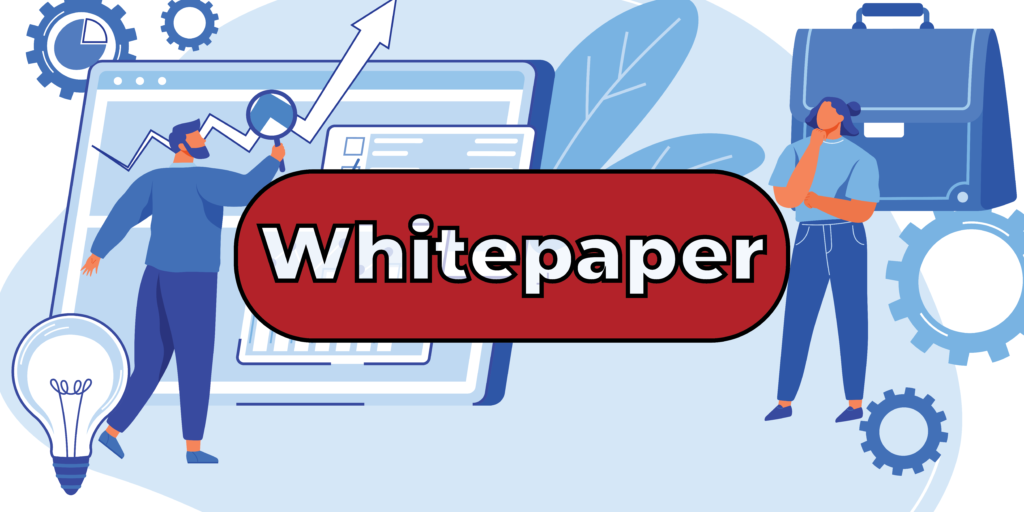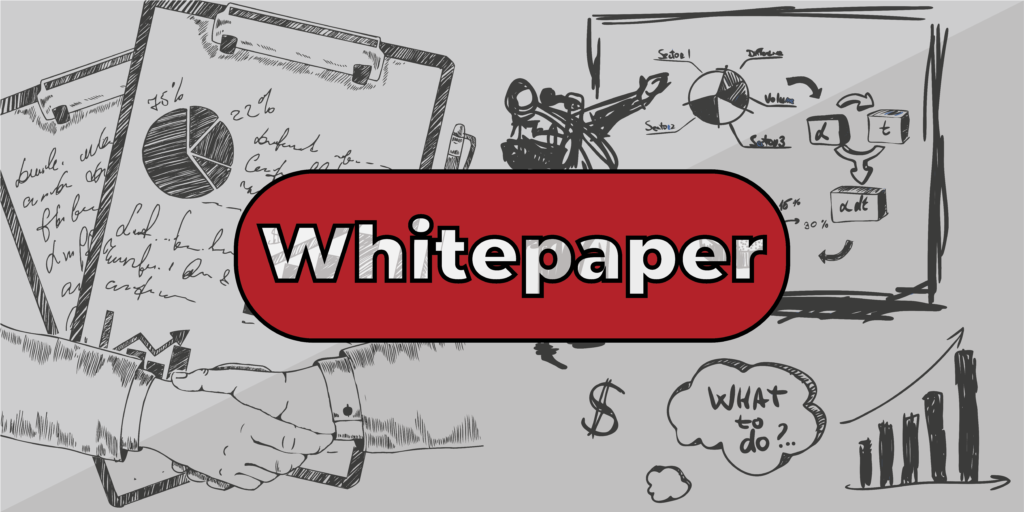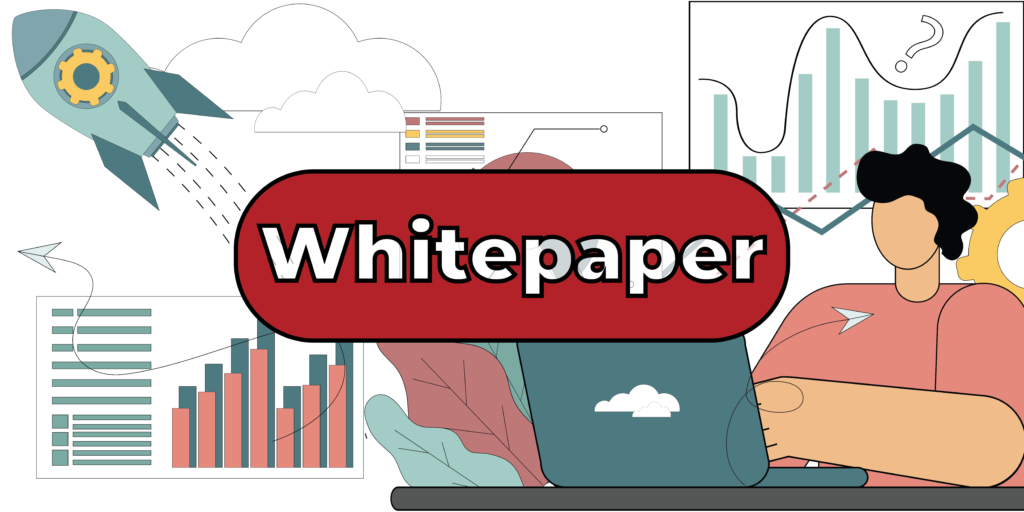Here’s the scenario: Your enterprise data is nowhere to be found within your Oracle® E-Business Suite environment. Differences in configurations, duplicate data, and a lack of common structures and definitions have caused inconsistent business processes and data that is “lost” to the organization, resulting in increased costs and risks. Why is this happening, you wonder? […]
Author Archives: Helene Abrams
When you moved into the new house, everything was clean, uncluttered, and ready for you to personalize and adapt to meet your needs. So it is when you first implement an ERP system. However, many people bring with them boxes of things no longer needed – data and structures from their legacy system that were […]
When is the last time you went to the dentist? Do you stick to a rigid 6-month visit cycle? Did you need braces when you were younger to manage your growing, changing teeth? Just as with your teeth, regular maintenance of your Oracle® E-Business Suite (EBS) avoids much pain. You can avoid having to replace […]
In Part I of this two-part series we looked at why nearly 90% of mergers go awry and what must be done to ensure that M&A deals achieve maximum value. As discussed previously, regardless of merger type (coexistence, absorption, or synthesis), priority should be given to customer-facing processes vital for supporting the company’s customer service, vendor/distributor […]
There are few things that generate excitement and speculation like the announcement of a business combination. Almost without exception, the management promise of every merger and acquisition is to increase stakeholder value. However, it seems that this is not what typically happens. As evidenced by a 2019 survey by Deloitte, 40 percent of survey respondents […]
There are many reasons for separating data – each has its own challenges and business considerations. The first step in the process is to determine the business requirement, then find the relevant data, determine the criteria for filtering the data out, and determine what happens to the filtered data. Suppose for example, that you want […]
Deciding what information to share and what information to keep private is one of the most critical decisions companies face when they decide to sell part of the company. Sharing too much information allows competitors to identify advantages to use against the parent company. Keeping irrelevant information may result in unnecessary costs, such as excess […]
Automation continues to transform whole industries – and finance and audit are no exception. Specific to the financial audit, most of the high-volume, routine, non-judgmental activities in real time are being transformed by software, leaving audit professionals more time to do what they do best: analyze results and make expert judgement calls. This webinar focuses on the framework and standards under which audits are currently conducted, and will showcase real-world examples where automation streamlines workflows to transform the entire audit process.
The previous article talked about the types of bankruptcy in the US and the options for restructuring. This whitepaper elaborates on restructuring in a Chapter 11 scenario. The initial turnaround plan considers an extensive analysis of what is working, and what is not working. Essentially, there are five components to this plan: debt restructuring, organization […]
Bankruptcies occur more often than expected and occur during booming economies as well as recessions. Not only was there a sharp increase in bankruptcy filings during the 2020 pandemic, but also law changes and the recession in 2005 and 2009 led to significant slowdowns and many companies unable to meet their debt obligations and operating […]











